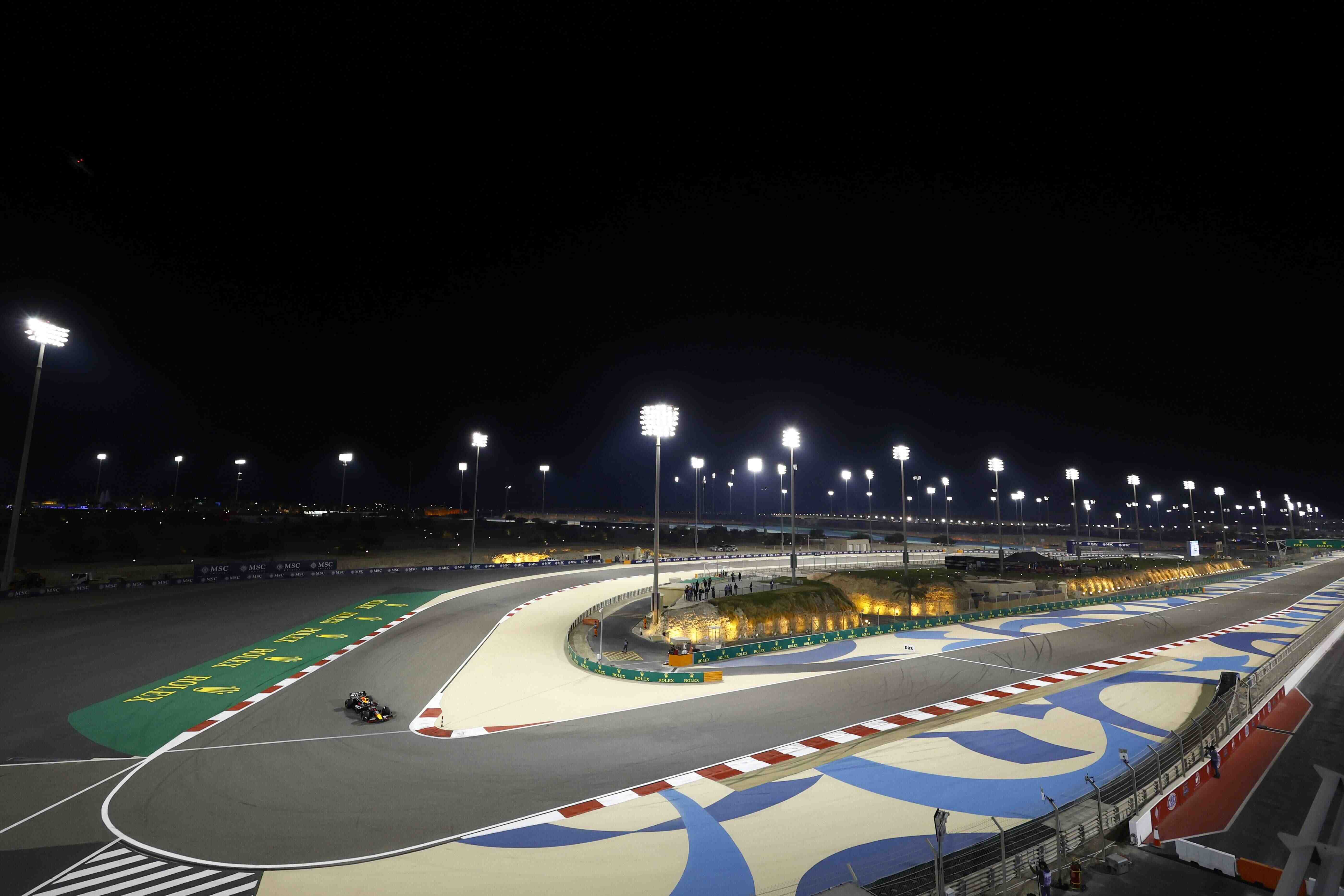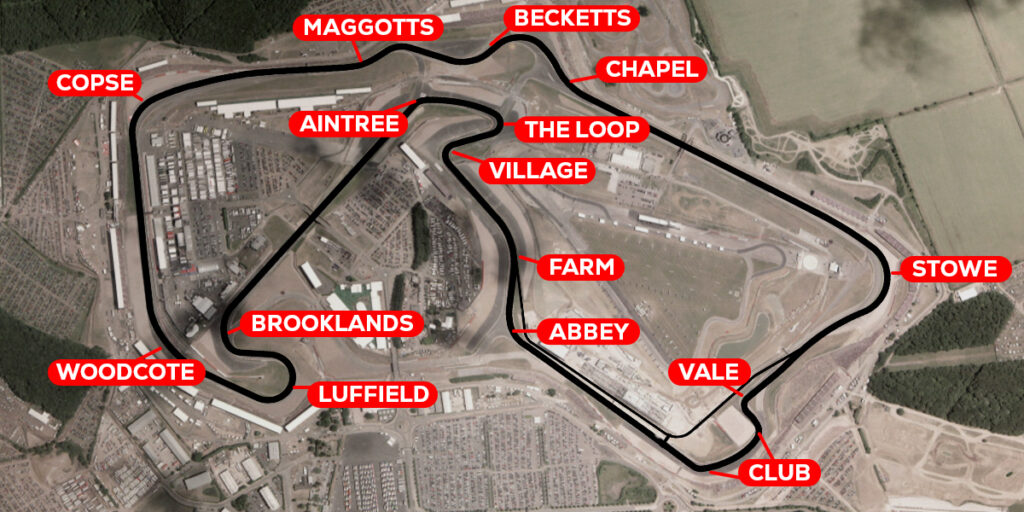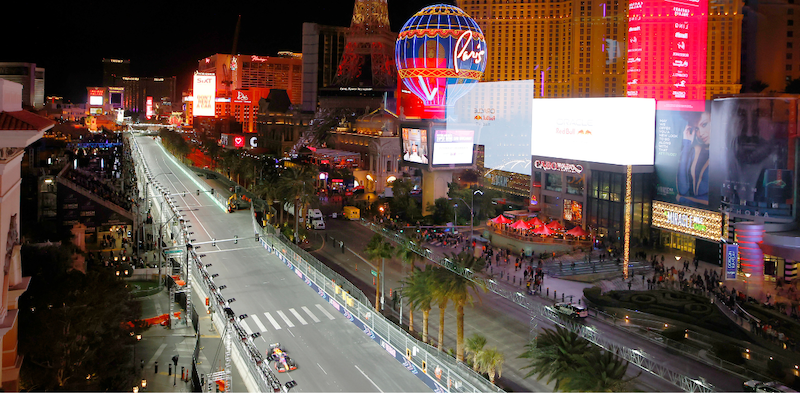From 2011 until 2025, DRS was an essential part of any Formula 1 race, and in some cases, marked the difference between victory and defeat.
But what exactly was DRS? Let us take you through it.
What does DRS stand for?
DRS in F1 stood for ‘Drag Reduction System’ and refers to a technology that enabled a F1 driver to open a flap on their car’s rear wing, thus reducing aerodynamic drag and increasing top speed, making it easier to overtake. It was reported to offer a 10-12km/h boost, to be used at the most crucial moments of the race.
The premise behind DRS was to promote overtaking and enhance the competitiveness of F1, ultimately increasing the chances of wheel-to-wheel racing.

When was DRS introduced to F1?
DRS was first introduced to F1 in 2011 and had a significant impact on race strategies and overtaking.
Its introduction was part of a broader effort to increase overtaking opportunities and make races more exciting, with races previously cited as having a lack of passing. This was due to powerful aerodynamics making it difficult for drivers to follow closely and therefore execute overtakes.
Why was DRS introduced to F1?
Prior to the introduction of DRS in 2011, drivers would often become stuck in the turbulent air behind the driver in front, hindering their attempts to overtake. Limited passing opportunities lead to criticism of a lack of excitement from both fans and drivers.
The system was also designed to add a layer of strategy to races. Drivers have to decide when and how to use it, based on factors like timing, track position and race circumstances. This added another dimension to the strategic aspect of the sport.
How did DRS work in F1?
As mentioned previously, DRS was a technology that reduced aerodynamic drag on a F1 car. This allowed the car to achieve higher speeds and aimed to help drivers when they attempted to overtake their competitors.

The core mechanic of DRS was the adjustment of the rear wing on the car. Drivers could activate this by pressing a button on their steering wheel after they entered a designated zone in each track.
After this, the rear wing flap opened which reduced the rear wing’s surface area and in turn, the aerodynamic drag of the car. The reduced aerodynamic drag then meant that the cars could achieve massively increased straight line speeds.
When could DRS be used in F1?
DRS could only be used in designated DRS zones, which were specific straights on each track. In order to activate the system on raceday, a driver had to be within one second of the car ahead at the detection point.
For example, Silverstone had two DRS zones on the track – one on the Wellington Straight and one on the Hangar Straight. For the Wellington Straight DRS zone, drivers would need to be within one second of the car in front at the detection point, which is 25 metres before Turn 3 (Village). They would then be able to activate the DRS system 30 metres after Turn 5 (Aintree) for usage along the Wellington Straight.

Could drivers use DRS in Qualifying?
During qualifying, drivers were free to use DRS in its designated zones without needing to be within one second of another car. This enabled them to achieve higher top speeds, improving lap times.
Was DRS always in use during a race?
No, DRS was only active after two laps of the race.
Additionally, the system was disabled whenever there was a Safety Car in use and generally was not re-enabled until two laps after the Safety Car had departed the track.
In some cases, Race Control also may have elected to disable DRS if the track was deemed too wet or unsafe at the speeds provided by the usage of the system.
What has replaced DRS in F1?
For 2026, DRS has been replaced by a new system called Active Aero. Instead of drivers being able to open up their rear wing, the cars now have moveable front and rear wings that allow drivers to switch between two distinct modules, called Straight Mode and Corner Mode.
Straight Mode enables the front and rear wings flaps to open to reduce overall drag and can be activated by any driver at designated points on the circuit (straights of a minimum length), regardless of their position relative to other cars.
Corner Mode has the front and rear wing flaps in the normal (high downforce) position to give the machines better cornering speed.
F1 Tickets
If you want to witness the thrill of wheel-to-wheel battles firsthand, now is the perfect time to secure your tickets for an upcoming Grand Prix. Click here to purchase F1 tickets today!
